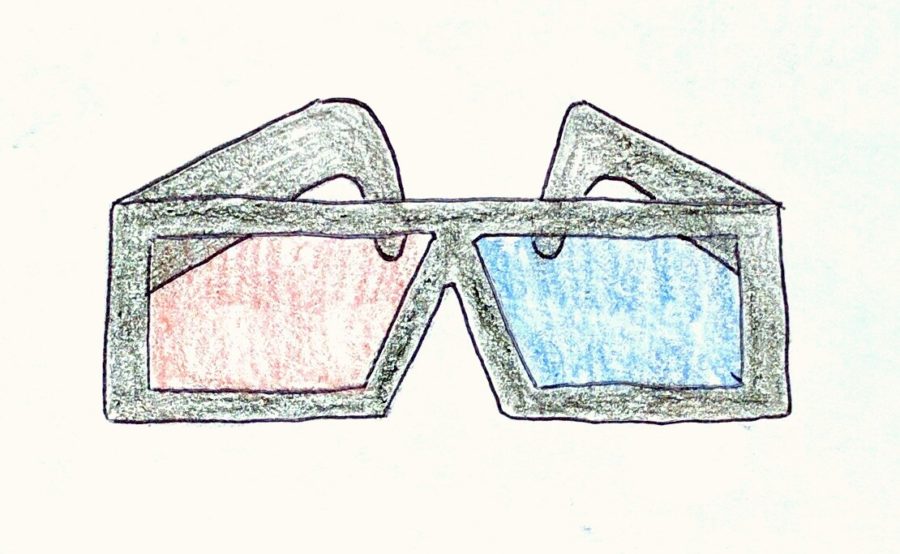Amgydala Checks Our Emotions
The amygdala may be small, but it is massive in terms of translating our emotions, especially anxiety and fear.
Like 3D glasses, the brain has two sides, and in turn, two amygdalae.
Fear. Jealousy. Grief. Anxiety. The amygdala is the function of the brain that controls most emotions, according to the University of Washington Digital Anatomist Program.
First of all, the amygdala is located near the very center of the brain, and is linked to conditions like autism, depression, post-traumatic stress disorder and seemingly random phobias. However, it is most commonly known for its relationship to fear and anxiety. Scott P. Edwards, writer for Harvard Medical School, writes, “In the late 1930s, researchers discovered that monkeys with damage to the amygdala and surrounding areas of the brain showed a dramatic decrease in fearfulness. Later, scientists found that rats with targeted amygdala damage would snuggle with cats, their natural enemy.” A main function of the amygdala is for humans to feel fear, and when it is damaged, the effect is lessened.
The amygdala is also linked to how social we are. Dr. Lisa Feldman Barrett of Harvard Medical School told the BBC, “A larger amygdala enables humans to more effectively identify, learn about and recognize social and emotional cues in each other, allowing us to develop complex strategies to get along and get ahead in life.” This goes along with damage done to the amygdala and its effects. Sometimes when the amygdala is damaged, social cues that typically remain unsaid are ignored. For example, a damaged amygdala in humans may result in someone not knowing how close or far to stand from someone else, or the inability to pick up on the meaning of certain facial expressions.
Additionally, the amygdala has a lot to do with aggression. When the amygdala is stimulated full-force, high levels of aggression are triggered. According to ScienceDaily, the size of the amygdala is directly correlated with aggressive behavior in all species.
Conditioned learning, when someone learns something by trail or stimulus, is also controlled by the amygdala. For example, if someone gets bitten by a dog, the amygdala receives and sends the signal to be wary, or anxious, about dogs in the future.
Without the amygdala, our emotions would be off-kilter–especially fear and anxiety.


